Aloha kākou, Keili here!
I hope you all had a great valentines day! Growing up, my dad always made valentines a special day for my mom and sisters - setting the bar high. Hope you all felt the love in some way or another <3 I was sending it out for you all.
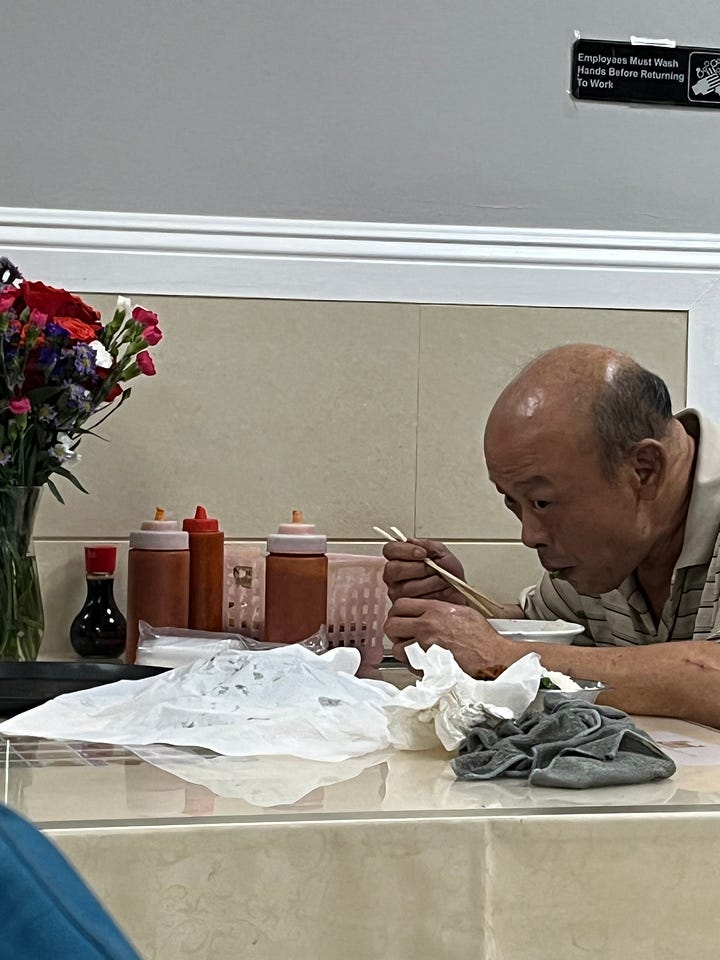
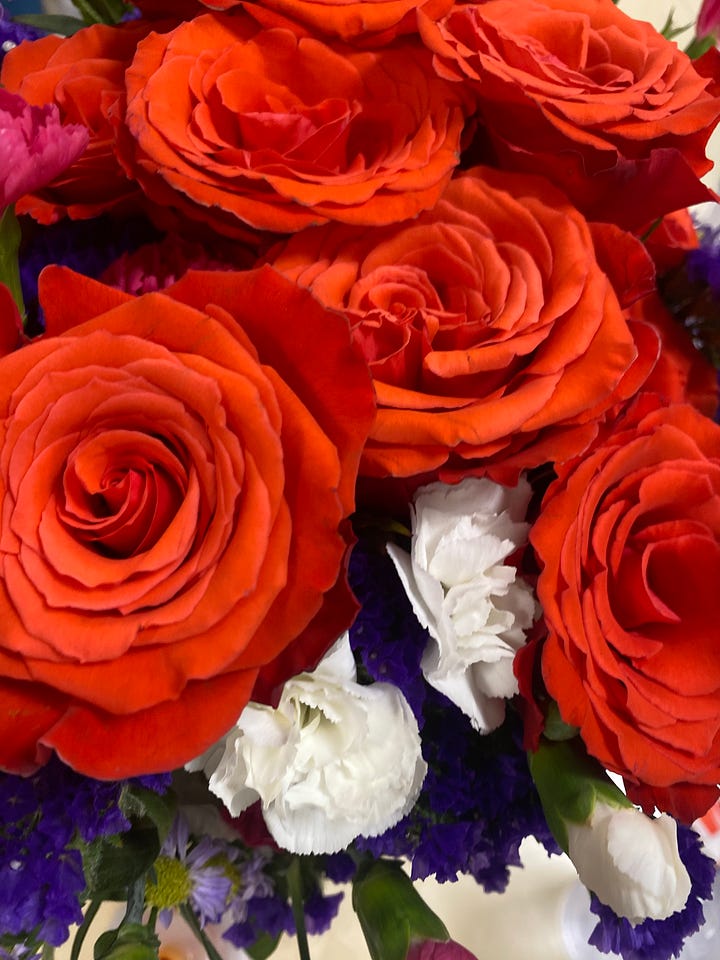
Not going to lie, this week has been an emotionally taxing time for me. Not necessarily in a negative sense, just a lot of feelings both high and low. Learning to intentionally incorporate grounding meditations into my day, and avoid repression.
There are a lot of small things I hope to touch on in this post, but as always I will try and keep it brief. Mostly, I want to share some updates, good bad and ugly, with you and let you decide what to do with that information.
I received a troubling email thread the last few days regarding a campaign on lead pollution in Puʻuloa that I had been leading through Surfrider Foundation. Unfortunately, I am too busy in life right now to do much else than share what was communicated in the thread to my friends (you guys) and hope it is passed along.
About 2 years ago, Surfrider volunteers went out and took lead samples on the beach near Puʻuloa training range. Our volunteers were concerned that lived near the area because although they had just “won” a campaign to keep berms from being built along the coast (this would quicken the erosion process, destroy the beach and public access), they were wondering if there were any environmental risks to having the shooting range near a sea level rise area in general.
Of course, their results showing that there was indeed lead was not surprising, however the results showing lead levels 17x higher than the proposed FDA limit, and now tests are showing 24x higher. To make matters worse, these berms are eroding into the ocean with the rising sea levels. The range is also located near a residential area, public beach, and children’s playground. Effects of lead exposure are no joke, especially for pregnant women and children.
“Not knowing is probably the worst. You can’t do anything about something you don’t know.”
-Kordas
My hope is that sharing this will empower the community with knowledge to - at the very least, think twice before going to the beach.
The unfortunate thing that really got my attention on the recent email was that they found toxic levels of lead in fish that they speared off the coast. Uhu, panini, palani all showed beyond high levels of lead. May not be suprising, as fish do absorb metals fairly efficiently. But, it got me thinking… how much lead, plastic, doodoo, and other stuff is in our fish we catch?
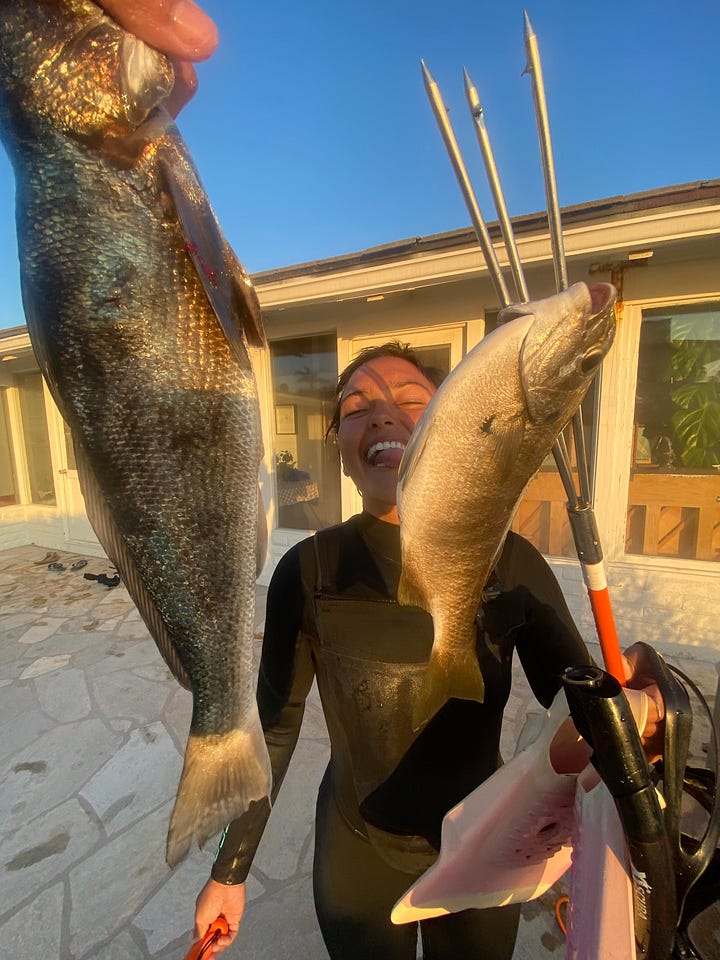
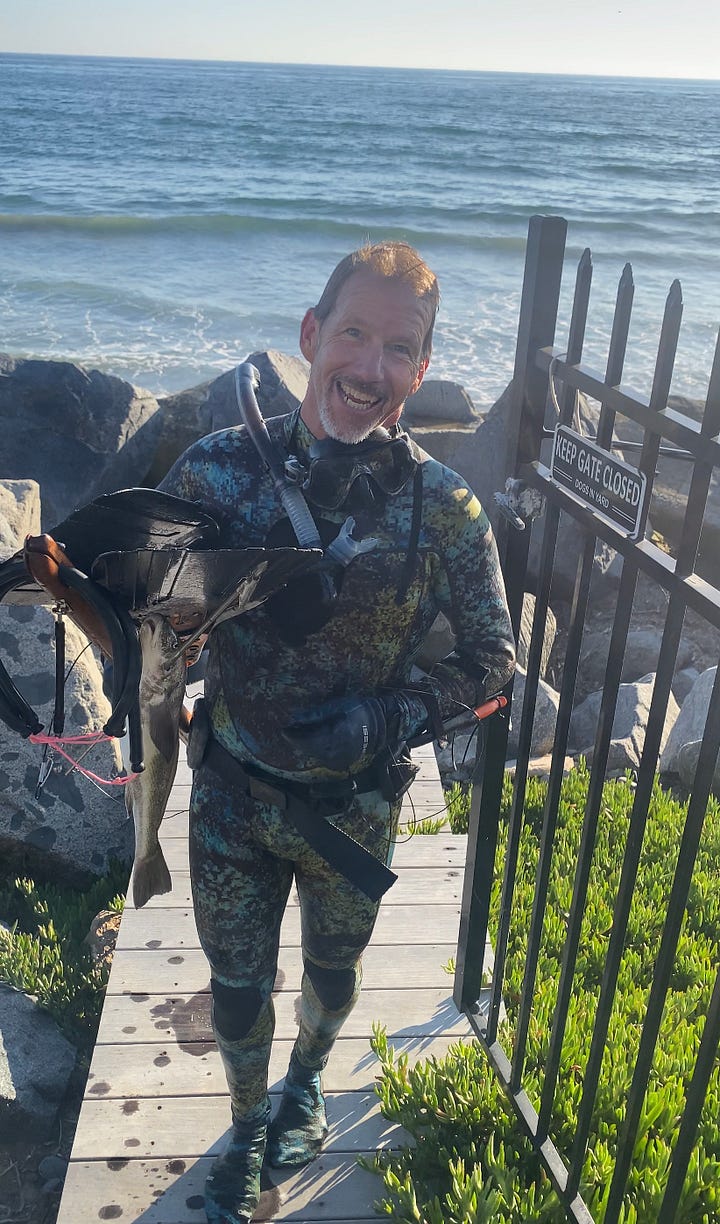
Lately, I have been getting into spearfishing. Going out diving with friends or family is so calming… I am always filled with such adrenaline when/ if I catch something to feed my ʻohana with. The feeling of being surrounded completely by the deepest darkest blue imaginable fills me with awe every time. I could write a whole post just about the glorious shit I see out there. I have also always considered it a “clean” way to get my protein. Wasnʻt this fish that I spent time hunting and preparing better than the frozen fish chunks wrapped up in plastic you find in the freezer at whole paycheck?
To think that the fish I catch for my loved ones could be doing more harm than good is an unbearable thought.
Worst part about it is that the military (who operates the training facility) is doing very little about it. If you feel moved, I would urge you to contact the ʻEwa neighborhood board, Representative Rose Martinez, and the puʻuloa navy to let them know we need more action before all our fish turn radioactive. You could probably even testify for Surfrider, I know they need some help.
Sorry, I told you … itʻs been a bit draining, yeah? But on the positive note I learned today that you can identify a honu (green Hawaiian sea turtle) by the scales on its face - no two are the same (like a way cooler fingerprint). I took some photos of baby turtles at my work. These guys are about a year old and we are getting ready to release them next month.
Anyone who would like to join is welcome, there will be a beach cleanup prior and free entry to the park for all who help out. I heard they are doing free faceprinting so that is the main draw for me. Also I almost got bit by pretty much every honu I photographed, please enjoy.
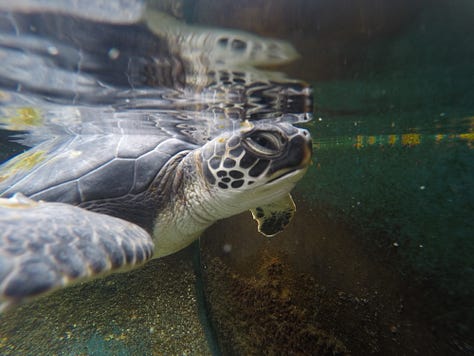
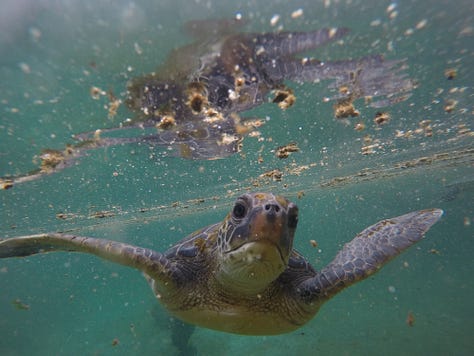
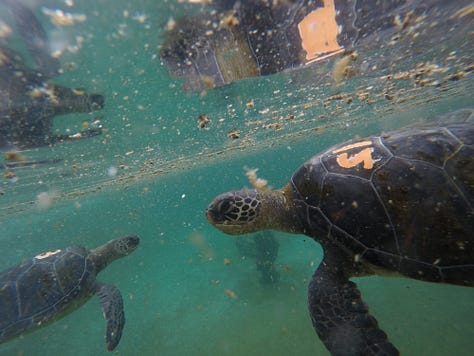
Honu are very important animals here in Hawaiʻi.
They are “miracle creatures” as only 1 in 1,000 hatchlings will survive to adulthood due to high predation, lack of resources, and pollution. Honu are ʻaumakua, or spiritual beings and protectors that have many moʻolelo (stories) and were even believed to have helped the first Polynesian voyagers find land. For this reason, and because they look like adorable little ancient men, honu have a special place in my puʻuwai.
Well, I definitely went on a tangent but if you are still reading - thanks for sticking out my messy thoughts with me. I hope the photos were a good little reward.
-Keili
Mahalo to everyone who knows knowledge is power! And continue to work towards being a good person despite all the modern day road blocks along your way! As always, this is dedicated to my mother Illa McEvilly who was taken too soon. I know she would be so excited to read these each week. Thank you to all my friends and family that make me feel loved and supported every step of the way. Love you guys!





